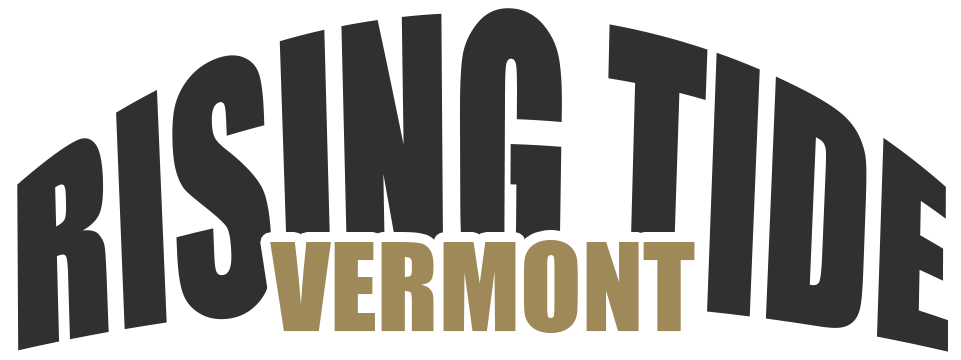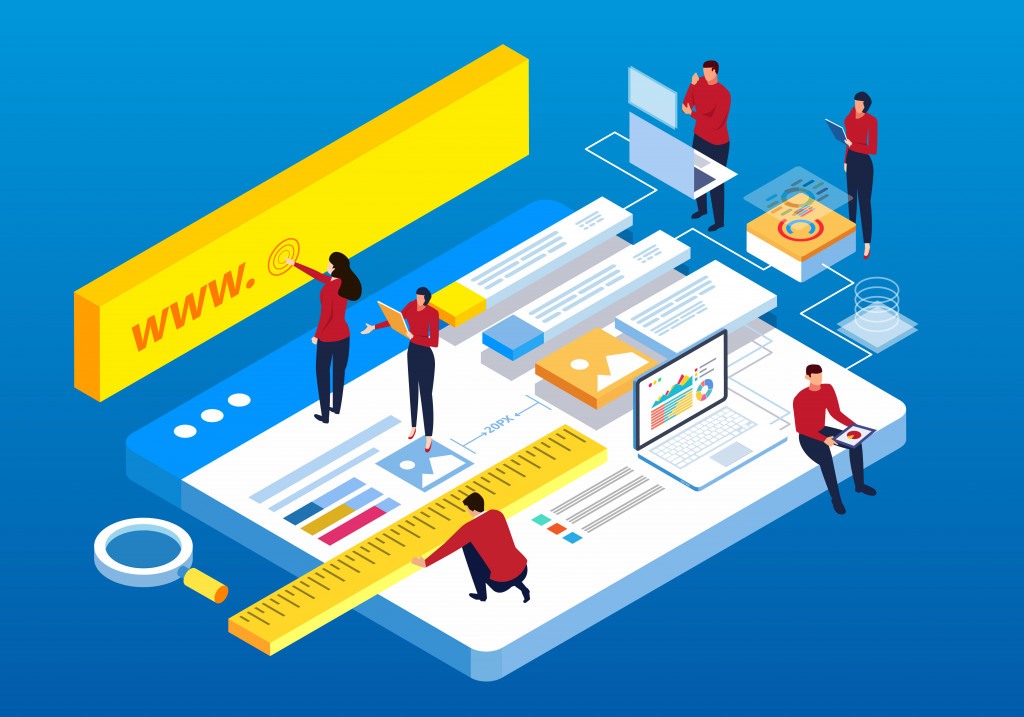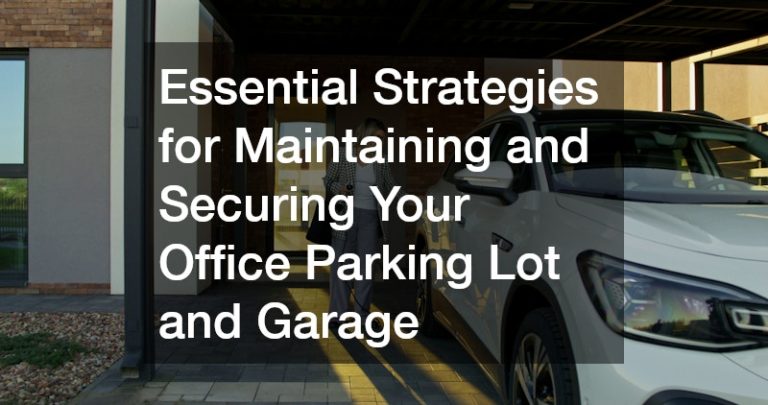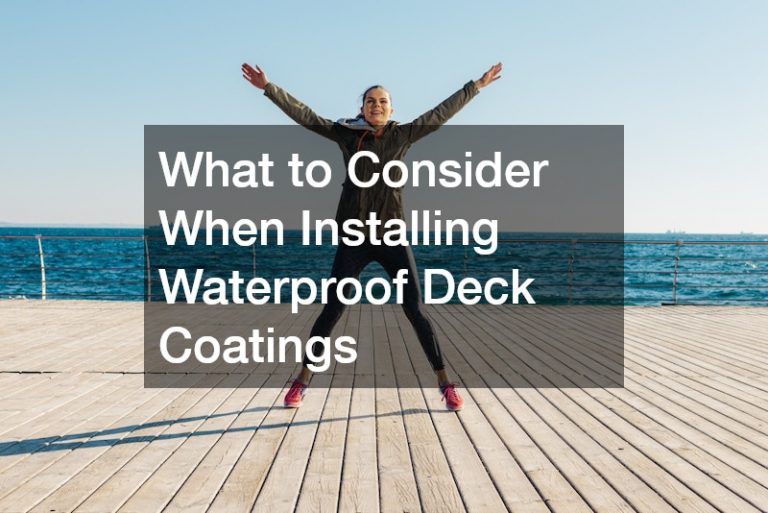Are you not getting as many website visits as you want to? Is it not getting as much customer engagement as you thought? Well, having a good website is not just about setting one up.
Luckily, there are many ways to achieve just that. They range from using well-known and effective methods to grow your website organically to paid services that can help boost your website’s visibility online. While results may vary from one website to another, what matters is that you’re taking the necessary steps to rank higher in Google searches proactively. Here are the primary tasks to help you get your site on the first page.
SEO

You’ve probably heard of search engine optimization or SEO. It’s the process of making your website more visible when people search for products or services related to your business on the web. It focuses on gaining website traffic. They range from free and organic search results to editorial pieces online. SEO’s goal is to improve your ranking in web searches so that your website shows up on the top ranks of the first page of a web search.
Recent studies have shown that about 28.5% of people click on the first links of their web searches. That means you have a higher chance of gaining website visitors the higher your link is on the list. With more hits, you gain more exposure. You become more well known, translating into more leads, sales, and customers for you and your business.
Core Web Vitals
No one blames you if you haven’t heard about the services of core web vitals yet despite their importance in improving your business site. That’s because it is a recently added new metric that Google uses to evaluate your website. It consists of three specific parts of your website.
Google will give you a “page experience” score based on how well your website does in these three. Depending on how high or low it is, the search engine will determine how highly your website can rank.
- Load Time or Largest Contentful Paint (LCP)
LCP refers to the measure of how long loading a page takes in your website from the perspective of a real user. It’s the time between the moment a user clicks your link and loading up all the content. If your content loads fast, then you get a better score. But if it doesn’t, it goes down. So make sure that your website is free of 3rd party scripts and elements that are too large. These add bloat and make your website load slower. If that’s not enough, try getting a better and faster hosting service.
-
Interactivity or First Input Delay (FID)
Next, we have FID, which measures how smooth and interactive your website is to its users, as well as the time it takes for them to interact with your website. It measures how fast and responsive the interactive buttons and elements are on each of the pages on your website. And that covers the menu buttons, the entry fields, the responsiveness of your forms, and everything else. All of these factors will contribute to your score, so make sure that your website and its elements are quick and snappy.
-
Visual Stability or Cumulative Layout Shift (CLS)
The CLS is all about website stability. It checks how stable your website and its elements are as the whole page loads up. If they move around or go where they’re not supposed to be as the page loads, it means you have high CLS. Unfortunately, it is not optimal and will take away merits from your score. The reason why this metric matters a lot is because of user familiarity.
After a user’s first visit to your website, they get a feel of your links, buttons, and other elements. After that, they’ll be expecting those same things to be in the same places. If your website doesn’t load the same way every time, it will force its users to relearn how to navigate it again, resulting in a poor user experience and score. You can mitigate this by investing in UI/UX design for a smooth website experience.
Authoritative & Relevant Content
Perhaps the most effective way for your website to rank higher in web searches is still the content you produce. Creating authoritative and relevant content that people can relate to is still the number one driver of your website ranking in web searches.
For written content or blog posts on your website, you’ll want to utilize the power of keywords and phrases that are high traffic and relevant to your business. These are the words that people often use in general when searching about any specific thing on the web. If you’re running a bakeshop, you can use keywords like ‘cookies’ and ‘baking’ and the like to drive more people to your website. You must think like your customers when figuring out what keywords to use. Doing so will give you a better grasp of what words to add to your content.
You also want to add structure to your content by providing headings and subheadings in your blogs to make the message you are trying to get through easier to understand. Break text and paragraphs so that they don’t get too long. Without breaks in your content, people reading can quickly feel overwhelmed and stop reading your stuff altogether. So it’s best to provide them with multiple bite-sized pieces of information rather than a single big chunk of it.
These are only a few of the many ways your website can rank higher in web searches, and there’s much more to discover. However, these steps are already effectively proven, and the upside is you can do them without spending a single dollar. Take these tips with you and apply them to your website. With the right amount of dedication and time, your website will hit the numbers you want in every metric in no time.









